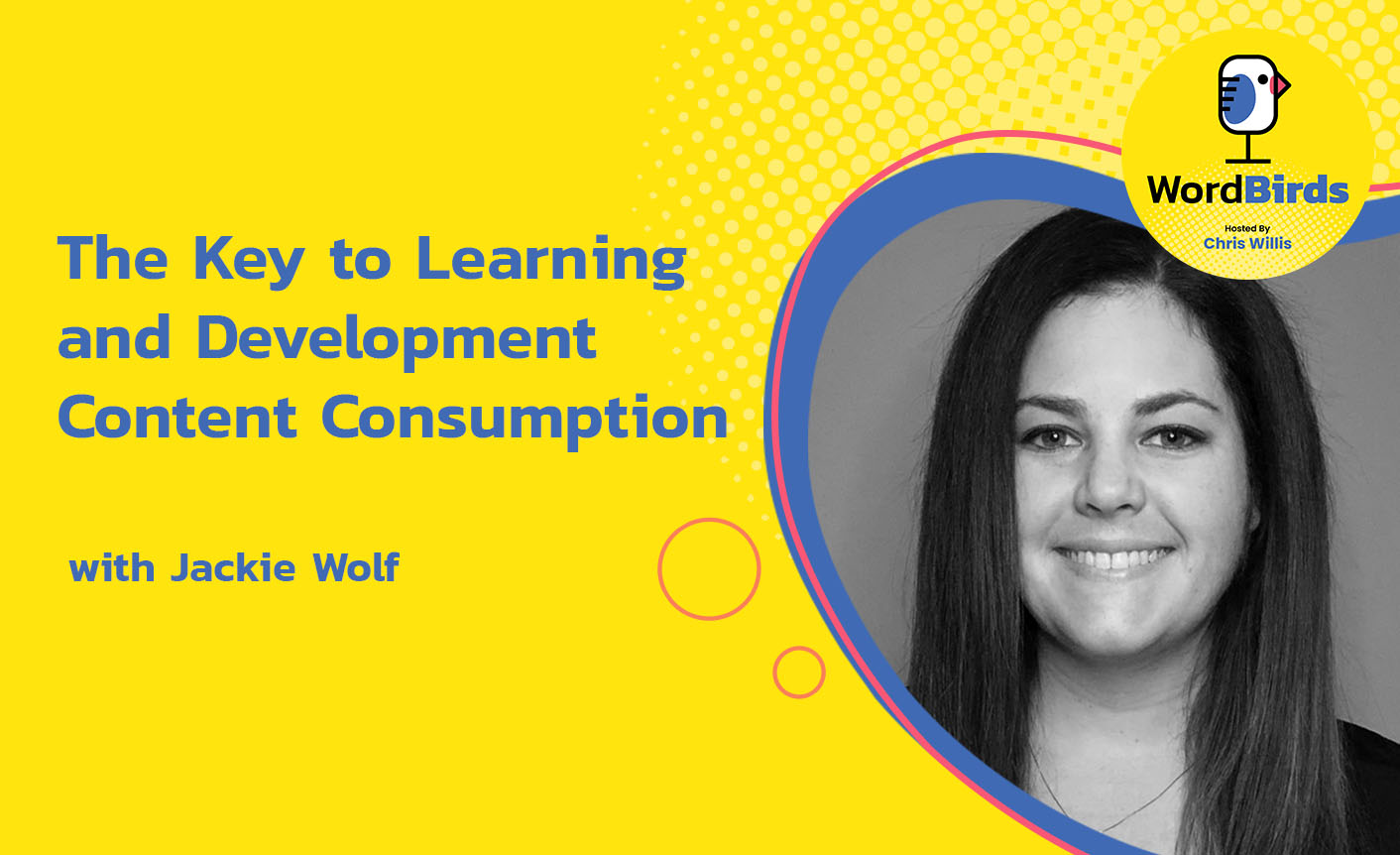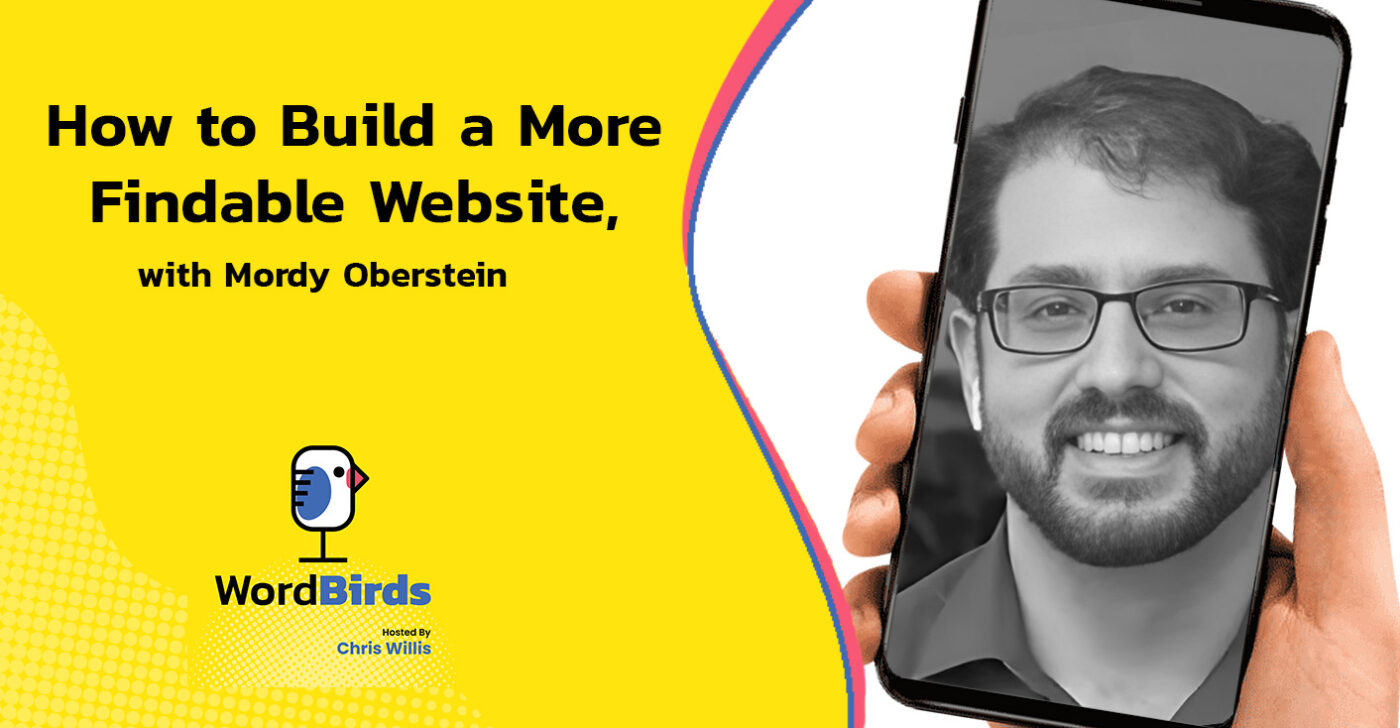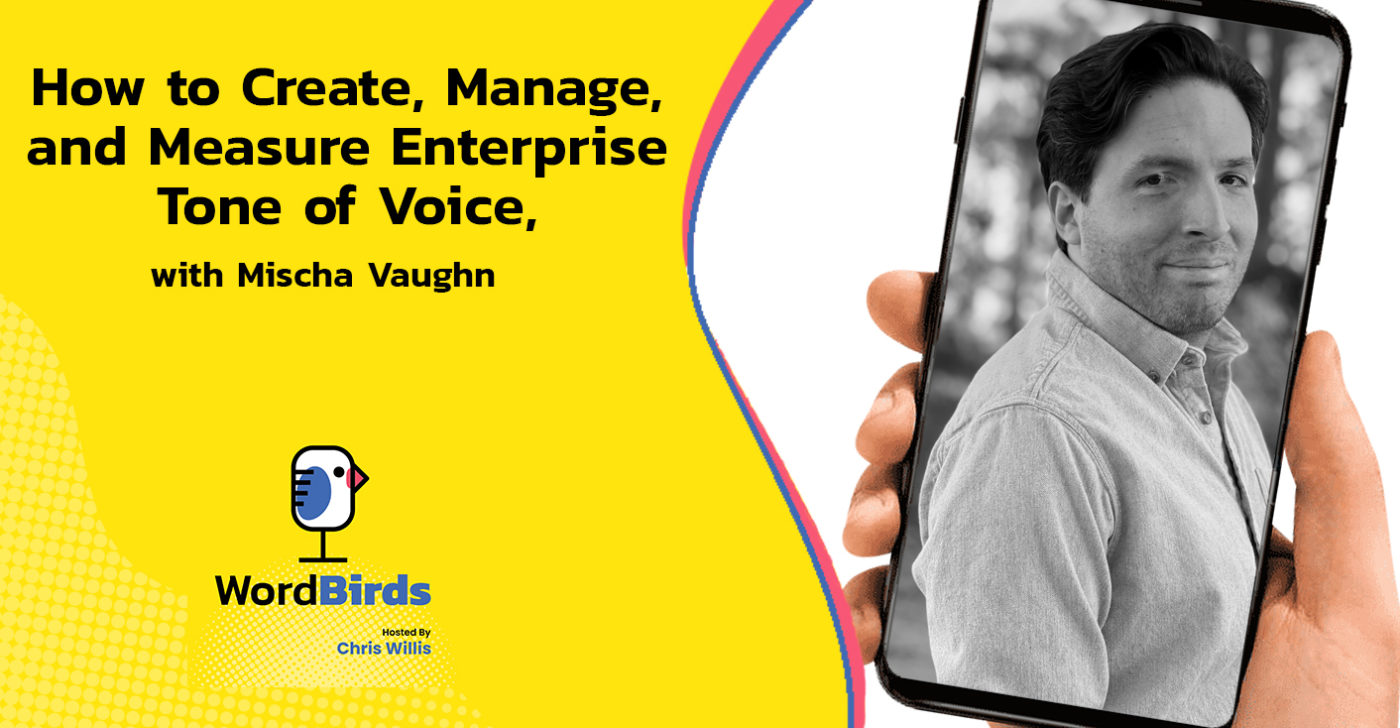Learning and development are vital to the employee experience and the growth of any organization. One critical aspect we’re shedding light on for today’s episode is content consumption. Are you actually creating content that’s being digested and retained by employees? How do you know that the materials you’re creating are effective?
Joining Chris Willis to discuss this topic is Jackie Wolf. Jackie is a Learning & Development professional currently working as the L&D Content Developer at Medix. In this episode, she shares the importance of understanding how learners consume information and how to apply it in the workplace. Jackie also shares how to create content and the different types of resources you might want to develop for optimal employee learning. Tune in below!
Watch the Episode here
Listen to the podcast here
Read full episode transcript
We’re talking to Jackie Wolf. She’s a learning and development content developer at Medix. Medix provides workforce solutions to clients and creates opportunities for talent in healthcare, life sciences, engineering, and technology.
In this episode, we’ll be talking about how developing great content is about more than just creation. It’s also about the support of content consumption, and how being a great learning content developer is predicated on the creator’s selfless gift of betterment for the user. Sit back and let’s get some insight from the flock.
Jackie, welcome to the show. Tell me a little bit about yourself.
Thanks for having me. I’m a learning and development professional based out of the Chicago suburbs. I work for a medical staffing company that works nationally across the United States. I’m always working to make sure that they have the content they need from a learning and development perspective. I also got certification from Associate Talent Development Professional. I have learned a lot in the past year in order to get that certification and further help my teammates.
Tell me a little bit about the type of content you create in your job.
Within our learning development program, we primarily have four different programs that support the different functions of our business. We’re a recruiting firm. We have overall onboarding programs that are for employees. They have a four-week program that they come in for. We worked hard to develop that in order to make it an interactive program for our new hires.
We then have three different professional development programs. Those range everywhere from the sales sector to professional recruiting and beyond. We’re making sure those programs are always up to date with, not only the processes that we have in-house, but also keeping up with the staffing world in general.
I work to make sure that all the content for those programs is up to date along with my teammates. We all work hand in hand on that, but from a content visual perspective, I work a lot to make sure that it is pleasing for the viewer and that it makes sense on our part so it is a lot easier to upkeep as we are making changes.
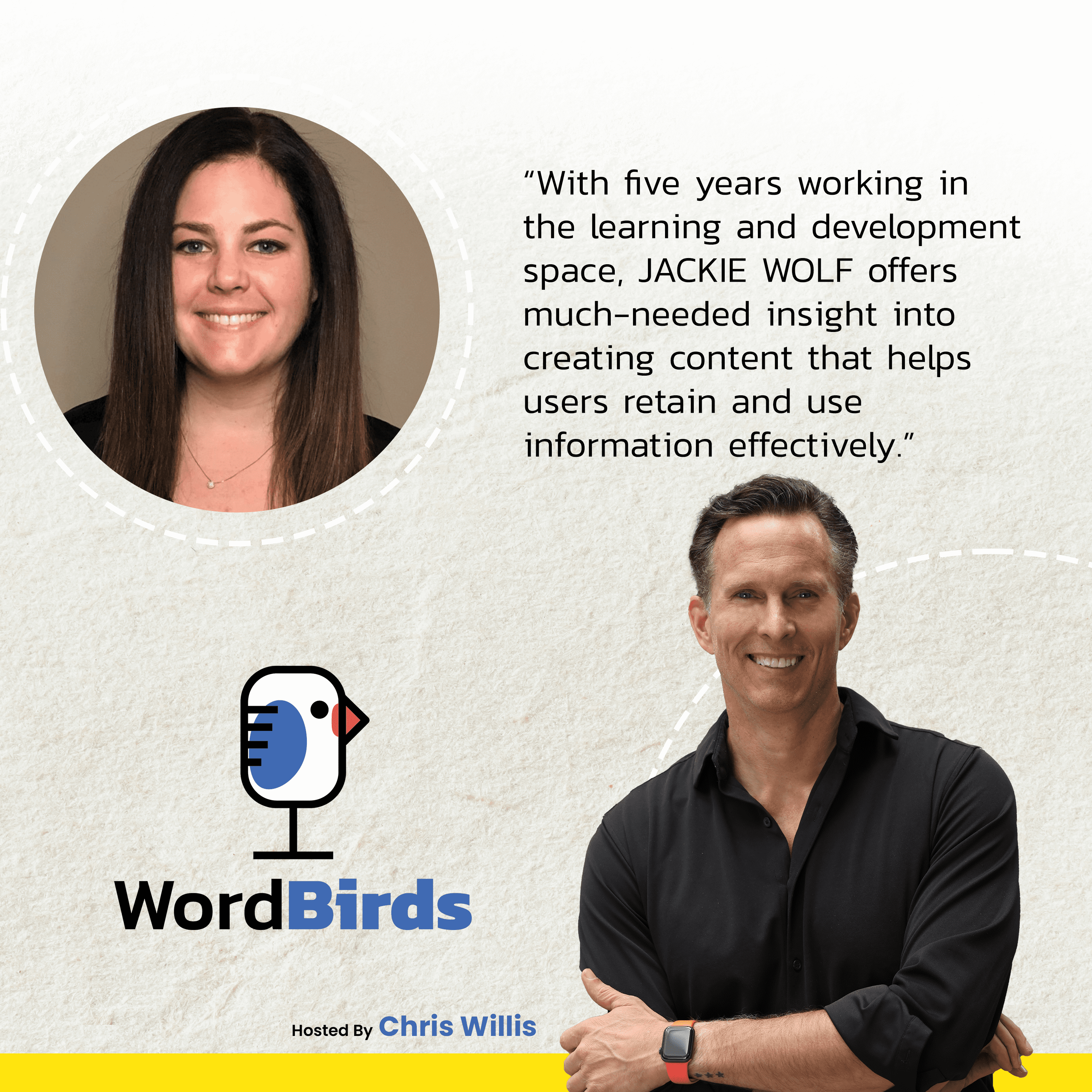
Along with that, I also create a lot of on-the-job resources. People can learn a ton in session, but there is information overload at certain points in time. We like to provide resources for them on the job so then they can refer back to them. It is a lot easier for them rather than having to retain an hour’s worth of information and use it later that day or even the next day, where they lose half that information.
How do you know when your content is good?
We survey the heck out of people. We can’t make any improvements without the help of our coworkers. If we’re not providing what they need in order to do their job successfully, we listen to that all good and bad. Otherwise, we want to make sure that we are providing the best content and information that they need to do their job well. If we are missing the mark, then we are missing the mark. We need to go back and re-evaluate and figure out how we can improve it over that.
If you extrapolate that from there, your colleague’s ability to be successful in their roles is tied to the creation of your content. If your content is good, they’re going to be successful in hitting their goals. It ties to the success of your company essentially. From a challenge standpoint, you create content and put it out there. Is that enough to get people to use it and be successful as a result of it?
Yes and no. It takes some intrinsic motivation in order for someone to be successful at their job. Just because we put content out there does not necessarily mean that somebody is going to review it. We work across 25 different offices for our company. That means from a virtual perspective, we can’t have eyes and ears on every single person within the company that we work with.
When it comes to some of our programs, we say, “X content is mandatory and required to finish this program and graduate from it.” That doesn’t necessarily mean that we know that they’re consuming it. They could say, “Sure,” and just click complete, but they haven’t actually read it. In the end, that’s only going to hurt them. We try to provide as much as we can as far as different support and content in different varieties.
It’s more than just the creation of content that you have to think about. It’s the support and the consumption of it. Is it content that will be used and wants to be used? Will your audience be able to consume it? You have a lot of things to think about when you create content.
It’s a big misconception when, for example, creating a training PowerPoint. When I go in, I’m not just saying, “What information needs to go over to the learner?” I’m thinking about how that information is being consumed by them. I’m thinking of what they know leading up to this point, and how that will affect all the information they are about to consume in this. Not only that but we also try to make sure that we create content in an engaging way.
A big push that I’ve been working on implementing throughout the things that I’ve created over the past year or so is not just saying, “Here are these bullets. Look at them and hear them speak it at you.” We’re trying to move away from that into a discussion. We’re asking a question that will then lead to a conversation about the topic that we’re trying to gear towards.
That has helped a lot because it makes the learner feel like they are more involved in their learning. They can take hold of that opportunity to converse with the subject matter expert and say, “This is what I have learned from my experience.” They can have a discussion about it. That makes it much more of a well-rounded experience for them where they’re not just sitting there, eyes glazed over, and listening to someone talk at them for an hour. They’re getting to interact with each other regarding the subject matter and making it that much more memorable as well.
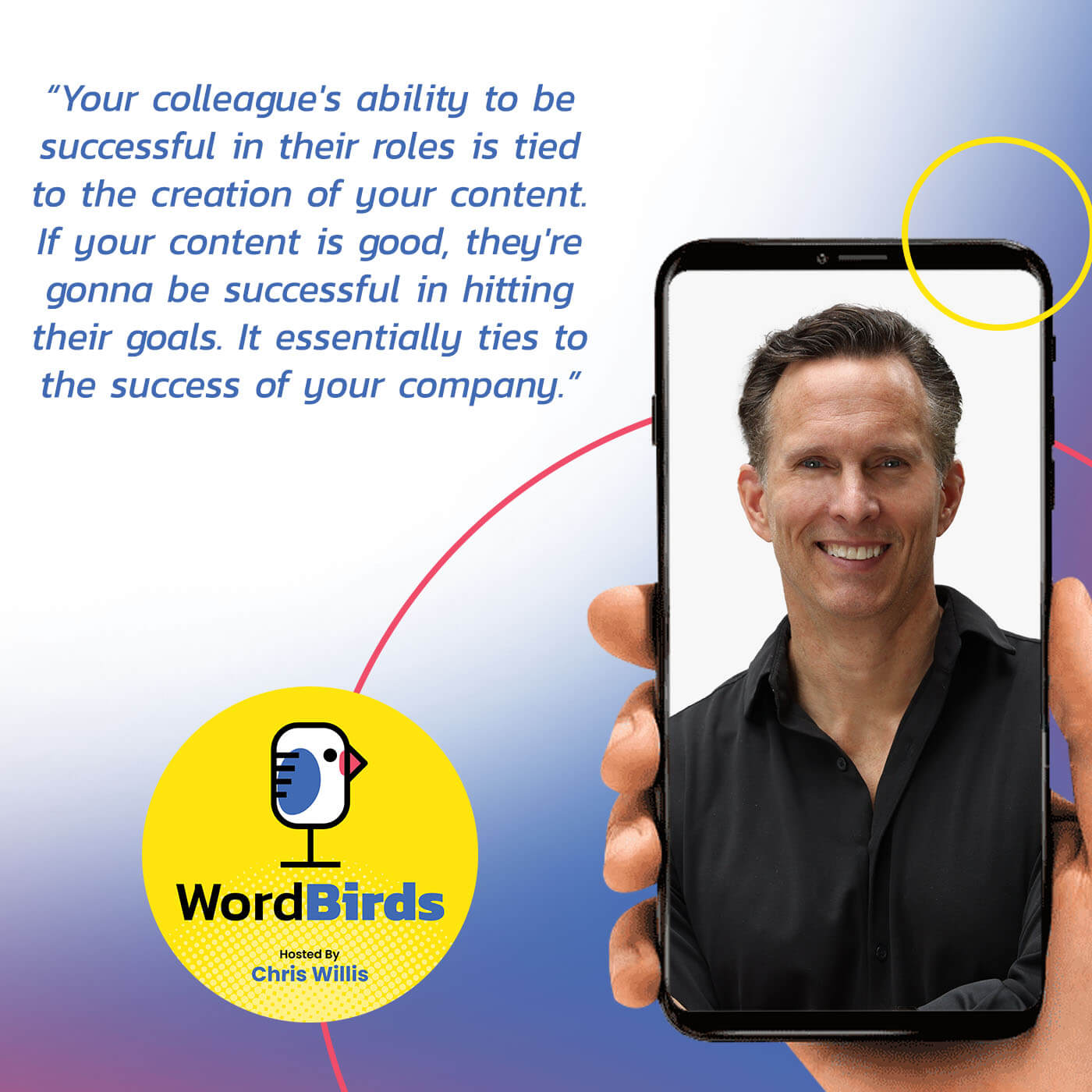
From a consistency standpoint, you’re creating a library of content for learning. How are you managing the consistency across those? If somebody learns a concept and that concept sticks, or you use a word and that word sticks as it moves across all of your content, do you have the tools to do that or is that just in Jackie’s head?
As far as that goes, I think of that from two different perspectives. We have to be mindful of the lingo within the organization. Especially working with new hires, they’re just getting exposed to that. We always try to make sure that we’re keeping our lingo consistent. For acronyms, for example, we’ll have a subject matter come on for training. They’ll be going through things. They’re using acronyms after acronyms that are either industry-specific or specific to our company.
From that perspective, that’s great. They’re going to learn it eventually, but we also need to make sure that those people know it at that point in time as they are learning the other content. Otherwise, they are saying, “What does CRM mean?” They’re focused on that and not on what they are continuing to say. When it comes to that, as an L&D team, we’re diligent about recognizing that and connecting with the people that we work with and all of our stakeholders to make sure they stay consistent with that as well.
A lot of it’s like a point in time, especially for our programs as a whole. We always have learning and development on there. That way, we can make sure we guide the conversation in the correct direction. If a subject matter expert is using acronym after acronym, we’re like, “Thanks so much. Do you mind explaining that?” We will pop it in the chat and say, “This acronym means this,” and helps clarify it for a lot of people.
Keeping it top of mind is how we go about it. We also have our learning management system. We try to upkeep a glossary of terms as much as we can. There are tons to keep track of and there are only three of us on our team. We do our best when it comes to that. Should people have any difficulty with those terms or anything like that? We make sure that it is included there as well.
We definitely have to stay mindful of the lingo within the organization. Especially working with new hires, we always try to make sure that we're keeping our lingo consistent. Click To TweetHow much involvement do you have in the final layout of content or the way that it appears on the page? Are you just writing words or are you creating the visual approach as well? Is that a cohesive thing or is that done by different groups?
Primarily from a learning and development perspective, it’s done by me. As the content developer, I’ve tried to create it as visually as possible. Any PowerPoint that we have within our program uses a lot of visuals. We try to stay away from being too wordy. There’s nothing worse than having to overload someone’s brain by staring at a whole screen full worth of words. It’s not conducive to their learning. They’re not going to take away as much from that training.
We try to keep it high-level bullets. No more than two to three concepts within or no more than one concept per slide, and three to five bullets of that. Along with that, we try to pair it with a visual. There’re studies that say pairing visual with auditory learning is going to help reduce cognitive load and make sure that people are retaining the information.
I need you to build our sales slide decks because thousands of tiny words, people are viewing through Zoom or on a projector somewhere in a room. I would love to have one concept per slide. It is tough.
As you look at the development of this cohesive product and this piece of educational material that you’re going to put in front of somebody, what’s the checklist that you’re going through to make sure that it’s ready for the audience and that the audience is going to successfully be able to consume it?
When I think of a checklist, I’m making sure that it is visually pleasing because no one is going to want to look at something and retain information that doesn’t look good. It’s not how a human brain works. Along with that, we’re making sure that it’s not too wordy. That’s on my checklist every time. I’ll usually even put as much information as I can on a slide and then pair it down.
I’ll make sure that it’s included in the slide notes. On the screen, it looks a lot more visually pleasing and helps the learner retain that information a little bit more. We only have so much control over that, but wherever we can help, I always make sure that we can. Also, including visuals. We usually have something that goes along with the color scheme and also is easier for the learner to relate to the topic. They can say, “Yeah, I remember. I associate this picture with what we were talking about during that slide.” That makes it a little bit easy to retain for them. That’s my checklist.
You’re looking back at the past year, what is the indicator to you? You have user feedback. In addition to user feedback, what’s the indicator to you that the things that you built have had an impact and had been successful for the organization?
It’s hard. For example, our sales and recruiters are commission-based roles. It’s difficult to tie it back to their production because there’re many things that go into that. We work to staff people. People are the most unpredictable thing to work with, in general, as we all know. We don’t rely on the recruiter and salespeople’s metrics, which is more so how we rely on user satisfaction. We create surveys for everything. We send them out to them and say, “What is your satisfaction level?” We create a liker skill for that. When it comes to that, we rely on qualitative feedback.
Quantitative is great. It shows numbers and data, but anytime I’m making an improvement to a training or a resource that we have created, I’m mainly relying on our coworker’s qualitative feedback. We’re saying, “This was great but I could use this.” I went through some session feedback for our Q2 programs and one of them was talking about, “I like this piece of it, but I would’ve loved to learn more about the day-to-day responsibilities of this role.” In that particular session, we’re talking about different roles within the company and where people can go from a development perspective.
Anytime we’re making an improvement to a training or a resource that we've created, we’re mainly relying on our coworkers' qualitative feedback. Click To TweetI’m like, “That is a great idea. We hadn’t even thought to include that.” Now, that’s something that we can add to, so in the next quarter, they are that much more informed about that information. It does come down to user satisfaction and their feedback in general because we are creating it for them. I’m not creating all this content for myself. I’m making sure that it is top of the line for their consumption so that they can be a better employee on their end. That’s what it comes down to.
Feedback is great and we all like it, but would you agree that probably negative feedback is what helps to make the product better?
Absolutely. Especially now, people are a little too easy. We thrive on negative feedback. Honestly, I don’t even like saying negative. I prefer constructive feedback because that’s what it is. I say at the beginning of every program that I run, “We cannot do this without feedback from you all. Session over session, we are going to ask each one of you what we can do better. I want you guys to be honest.”
Good, bad or ugly, we want to see it all. You can say, “This was great,” as many times as you want, but that’s not going to make anybody better. It is pivotal that we get feedback that sometimes may be the ugly truth if you want to say that, but that is helpful for us. We try to make sure that we normalize it as much as possible so people are more willing to give that feedback.
I agree. It’s great that people say nice things, and everybody likes to hear that, but progression comes from constructive. That’s where this starts to come together. To somebody that’s interested in going into this space, what about you as a person makes you successful in this role? What should somebody think about being, feeling, and doing to be successful in a learning and development content role?
There are a few things that come to mind. One of the things that drew me to the learning and development role in general, even prior to this company when I first got into my first L&D role, was the fact that I got to help people. Something that I learned through the additional professional development that I have done from a learning and development perspective is that we are doing this for the learner. If you don’t keep the learner front of mind, the content will fall flat. I’m constantly thinking about how this is going to be consumed. Is this going to help whoever is going to be consuming this? Day in and day out, that is the biggest thing in front of my mind.
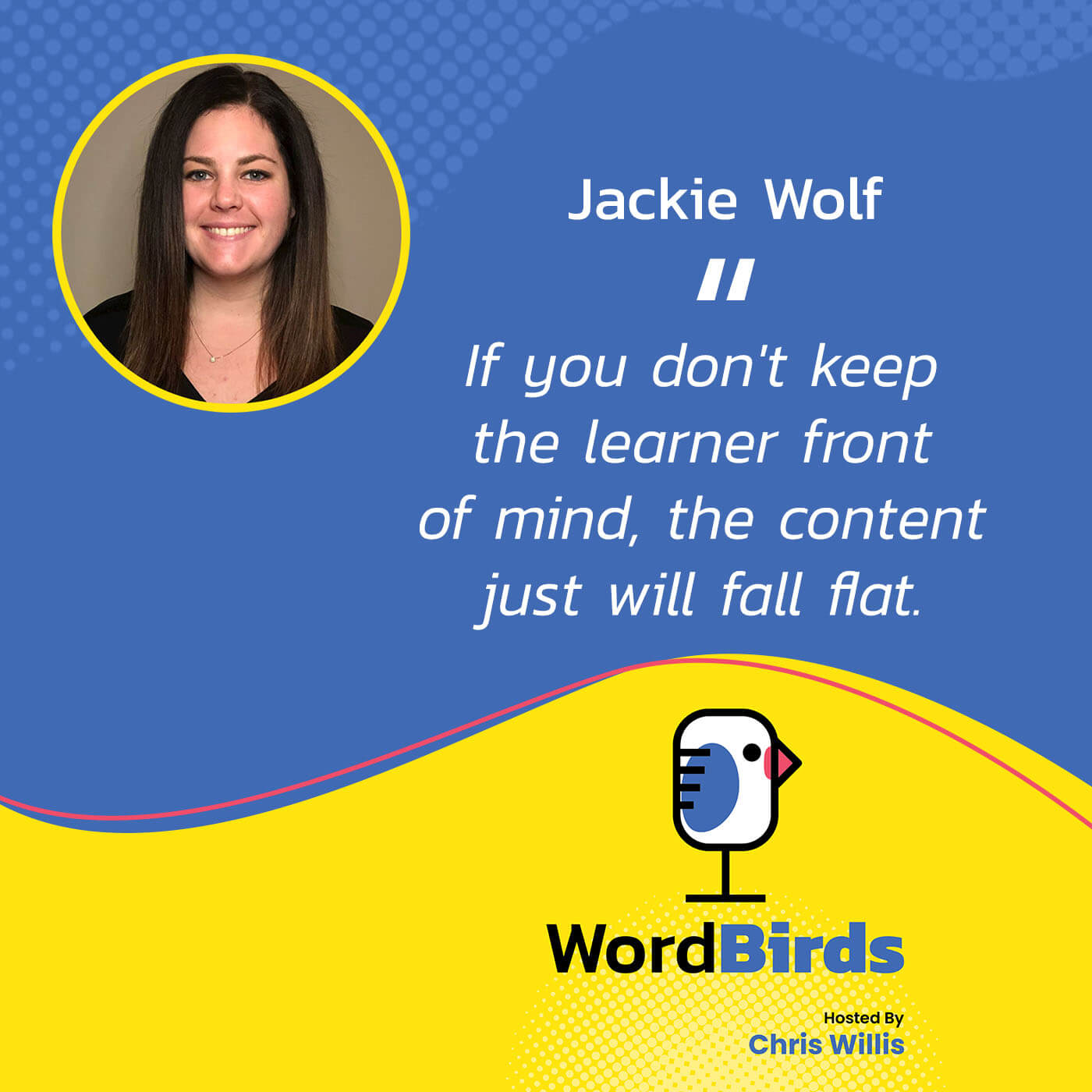
There’re two others that I think of. One is creativity. I’ve always been a pretty creative person. A fun challenge and twist to my creativity is figuring out how to get the best end result for the learner. Is that going to be through an interactive piece? Is it going to be through something they can more easily engage with? Is it the complete opposite? Does it need to be content that they have to read through in order to understand it? How can we help them put it to practice within the session or within the 60 minutes we have with them?
Finally, staying super organized. I have notes on every single meeting I have with every single person that I meet with. It has helped me so much because it helps me create a clear vision of not only what they need and what they want, but I can tie in with my experience what has worked in the past and what hasn’t worked in the past. If they want X and I know that X hasn’t worked in certain settings, I can help them understand that with the examples that I have learned and from my own experience. Being super diligent and organized is helpful because it helps me ask better questions, and also make sure it is a better end result for the people involved.
A great last question would be, where does your inspiration come from? You get up every morning, and you’re excited to go to work. Where are you inspired?
Not to be repetitive, but I come to work for the people I work with. I don’t make presentations for my own benefit. I make them for the people that I get to work with every day. I’m lucky to have the opportunity to work with amazing people from my actual teammates within my L&D team and my boss. We are up to almost 850 people in our company. I’ve had the pleasure of working with a lot of them, whether I onboarded them or brought them through our different professional development programs or even people that have helped me create those resources. It has been a pleasure.
From an L&D perspective, it’s a selfless line of work. Not to brag about myself, I’m not a recruiter and salesperson, but I’m creating content every day that is going to impact them in their roles. I’ve always said throughout college, “Once I find my job, I want it to be something I can help people with. Whatever I’m doing, I want to make an impact.” I feel like that is something I’m able to do every day.
That’s a great place to be on a day-to-day basis. Jackie, thanks for being on the show. How would people find you if they have any questions or follow-up?
My name on LinkedIn is Jackie Wolf, APTD, which is my certification. That might be an easier way to find me.
Thanks very much again. Thanks, everybody, for tuning in.
Thanks, everyone.
Important Links
- Medix
- Jackie Wolf – LinkedIn
- WordBirds – LinkedIn
- WordBirds – Home page
About Jackie Wolf
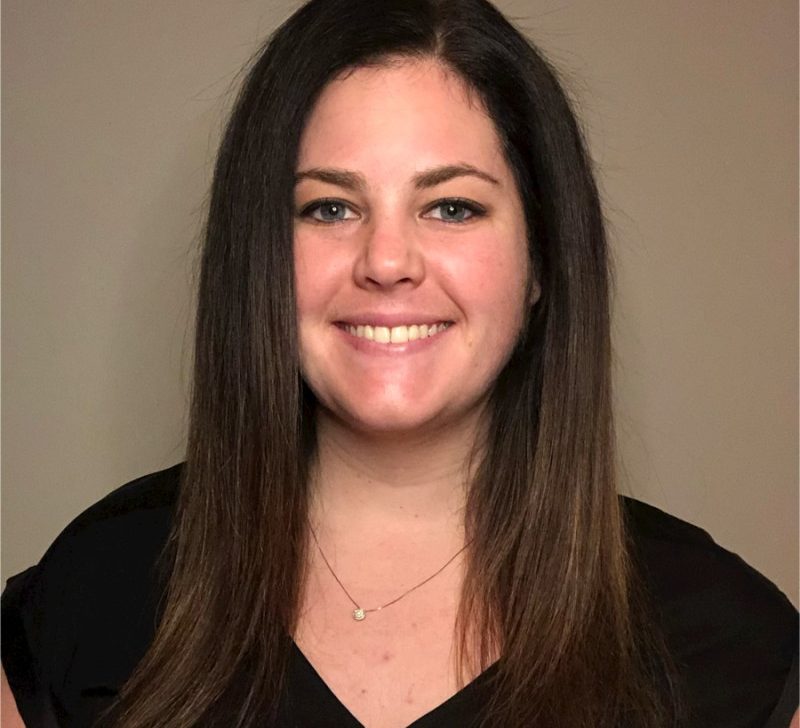
Jackie is a Learning & Development professional residing in Chicago. She has been working in the industry for 5 years and enjoys creating learning content for her coworkers for the various development programs and on the job resources that they need.
